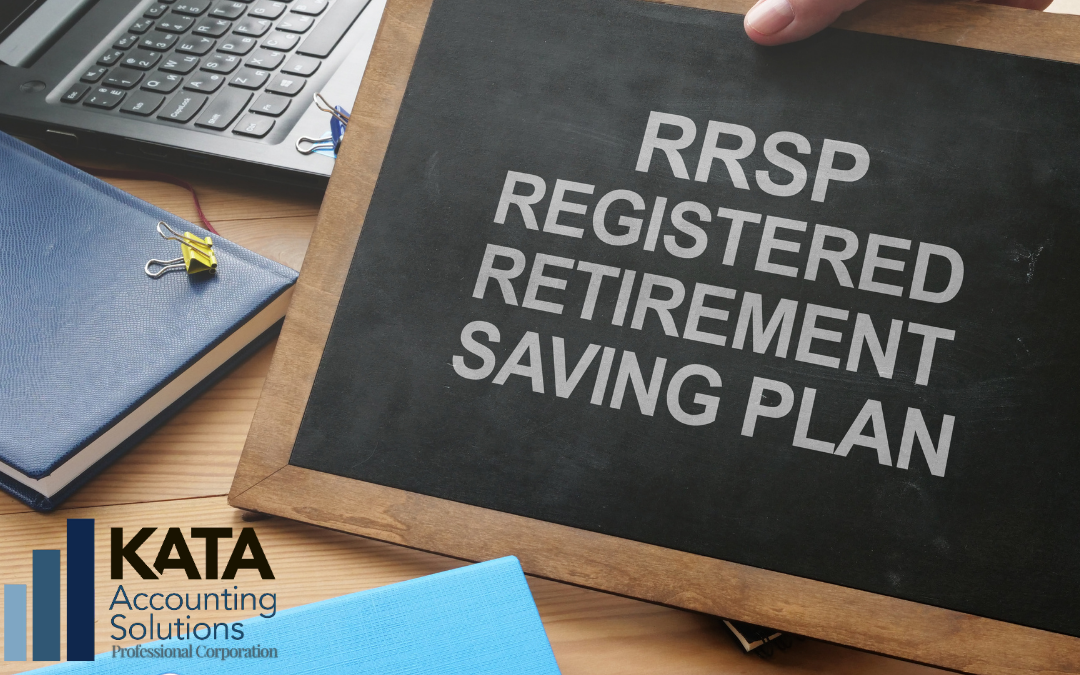RRSPs Aren’t for Everyone
At this time of year, we see a lot of promotion of RRSPs from financial institutions and financial planners. They make money from any sort of investment, so it makes sense to encourage people to invest when the people have additional incentives.
Investing in an RRSP will reduce your taxable income in the current period, but the money will be taxed in the future.
As a result, poor financial planning can result in paying more taxes and receiving less benefits in the future.
A Quick Recap
An RRSP (Registered Retirement Savings Plan) is a tax-deferred vehicle that allows individuals to earn income for their retirement and pay the tax later.
That is, you can take the RRSP contribution off your income in the year you make it, but when you withdraw your funds, you’ll need to pay the tax based on your income at that time.
In the year you turn 71, you are required to close out your RRSP into an RRIF (Registered Retirement Income Fund) by December 31st. You need to withdraw a certain amount from your RRIF every year that gets recorded as income (You’ll receive a T4RIF for your taxes).
Retirement Benefits
When you retire, you’ll receive CPP (Canadian Pension Plan, reported on a T4A(P)) and OAS (Old Age Security, reported on a T4A(OAS)), both of which are taxable income.
On top of this, you may receive private pension payments (reported on another T4A(P)), investment income (reported on T3s, T5s, or T5018s), and RRIF income (reported on a T4RIF).
All of this income is taxable. Depending on how high this income is, you may have to pay more tax, need to repay some of the benefits received, or have some of your benefits clawed back.
Clawbacks
The government starts clawing back certain benefits, such as OAS, at specific income levels.
It’s important to understand this (or work with a financial planner or accountant who understands this) to ensure you are maximizing your benefits, paying an appropriate amount of tax, and not having benefits clawed back unnecessarily.
Are RRSPs Right for Me?
It all comes down to your expected income when you retire.
Landlords
For landlords, depending on the number of properties they own and how leveraged they are, RRSP investments being forced into income may result in a reduction of benefits and higher taxes.
If the properties are paid off, there are additional methods by which landlords can fund their lifestyle without paying tax. Such as through mortgage financing (there’s no tax on loans).
It’s vital for landlords to work with a financial planner to avoid paying unnecessary taxes.
Investors
Individuals with significant investments NEED to work with a qualified financial planner or advisor. There are different investment vehicles available that have different impacts on income. The timing with which that income needs to be recognized.
Furthermore, clear communication with the financial planner is a must to make sure that the investor is filing everything they need to file come tax time.
Investors also need to work with a qualified accountant. This ensures that the declared income is offset by allowable deductions and guarantees the comprehensive filing of all required documents.
For instance, many investors may not realize that they need to file a T1135 declaring their foreign assets. Often because they didn’t realize they had them.
If you fail to file this form, you may incur a penalty of up to $2,500 per year for each year it remains unfiled! If you’re offside with this filing, consider working with an accountant to achieve compliance and resolve the situation.
Investors need to have a frank and open discussion with their financial planner to find out if RRSP investing is right for them.
Tax-Free Alternatives?
Consider a TFSA or the new FHSA.
TFSA (Tax-Free Savings Account)
Although income is taxed before it is put into a TFSA account, ALL income earned on the investments in a TFSA is not taxable.
Further, you can withdraw from your TFSA and return the amount next year without paying any tax. If you were to withdraw from your RRSP, it would be taxed.
FHSA (First-time Home Savings Account)
The federal government has released the most exciting new program since the creation of TFSAs, the First-time Home Savings Account. For more details about this program, please check out our article on the subject linked here.
Essentially, this works like a combination of the RRSP and TFSA programs. The contribution is deductible like an RRSP, and the earnings are tax-free, like a TFSA. However, you can cash out the FHSA to purchase your first home!
If you’re going to use this program, make sure you qualify before opening the account. It’s best to get that advice from an accountant, as the banks are terrible at providing tax advice.
The Take-Away
If there’s one lesson we want to communicate with this article, it’s that RRSP investing isn’t a one-size-fits-all solution. In some instances, RRSP investing can result in reduced benefits and additional tax that might not be necessary.
Make sure to consult with your financial support team to determine if RRSPs are a good fit for you.
